UPDATE (Mar 23, 2018): Dr. James Watson, who worked with Francis Crick and Rosalind Franklin to discover the DNA's double helix in 1953, joins the list.
With a certain short-fingered vulgarian raving about his own “very stable genius,” we turn our attention to the Nobel-certified geniuses who are making Shenzhen a cradle of cutting-edge innovation.
Shenzhen’s 13th Five-Year Plan stresses emerging technologies like new energy vehicles, advanced and two-dimensional materials, genetic medicine and environmental recovery. The goal is to nurture those industries to a combined RMB3 trillion by 2020. Since 2014, Shenzhen has earmarked RMB1 billion every year to support its high-tech industry.
Now it’s going one step further, with a vow to build 10 labs headed by Nobel prize-winning scientists. Right now, the city is more than halfway there. So let’s meet the six Nobel-winning scientists who have set up shop in Shenzhen.
Robert Grubbs
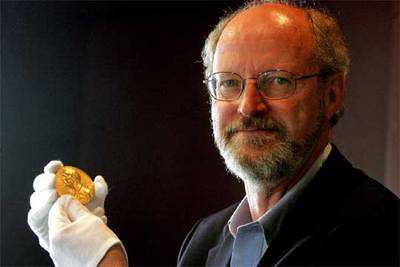
Lab: Shenzhen Grubbs Research Institute (May 2016)
Host: Southern University of Science and Technology
Nobel: Chemistry (2005) “for the development of the metathesis method in organic synthesis,” which makes it easier and cleaner to break chemical bonds and form new compounds for medicine, biotechnology, agriculture and plastics.
Fun fact: trained as a diesel engineer after a childhood on a Kentucky farm near Possum Trots
Shuji Nakamura
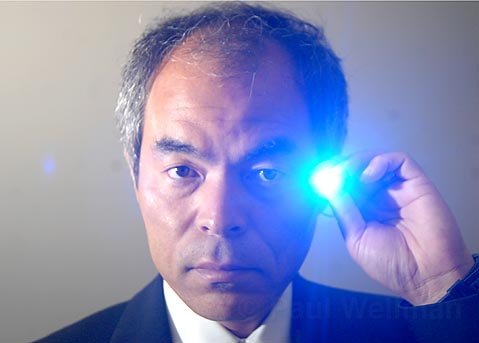
Lab: Shuji Nakamura Laser Lighting Laboratory (November 2016)
Host: Zhongguang Industrial Technology Lab
Nobel: Physics (2014) “for the invention of efficient blue light-emitting diodes” which is now the basis for Blu-ray and HD DVD media, as well as energy-efficient LED lighting
Fun fact: in 2005 received the largest bonus ever paid by a Japanese company ... though legal fees ate up most of the US$9 million
Arieh Warshel
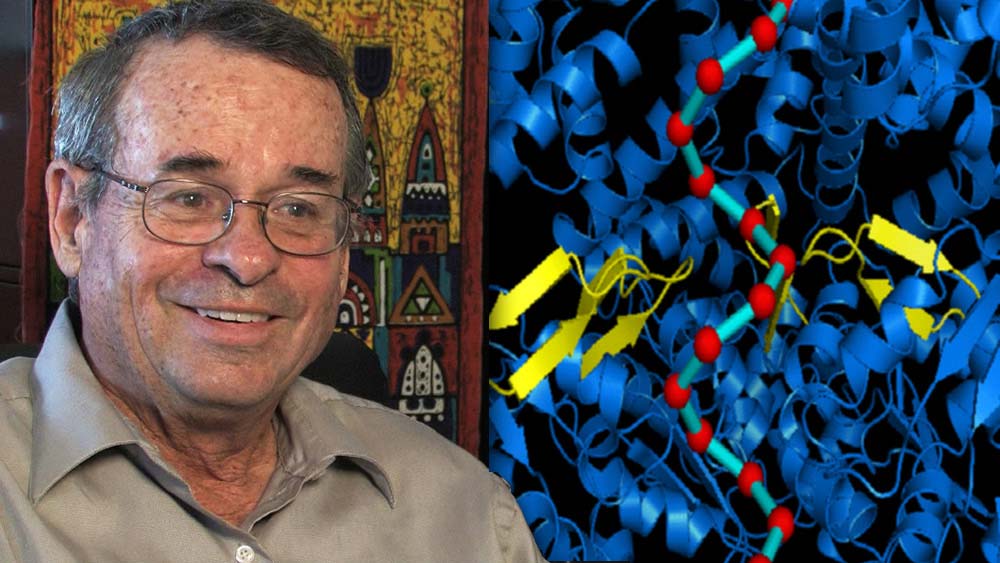
Lab: Arieh Warshel Institute of Computational Biology (April 2017)
Host: The Chinese University of Hong Kong, Shenzhen
Nobel: Chemistry (2013) “for the development of multi scale models of complex chemical systems,” which combine quantum and classical mechanics to better predict the effects of chemical reactions. These calculations make possible innovations in biotechnology, molecular medicine and the deeper analysis of gene sequences.
Fun fact: fought with the Israeli Defense Forces in the 1967 and 1973 wars, rising to the rank of captain
Brian Kobilka
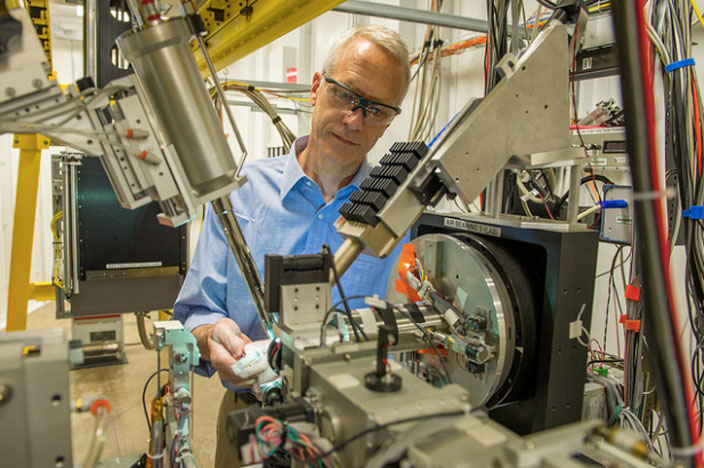
Lab: Kobilka Institute of Innovative Drug Discovery (April 2017)
Host: The Chinese University of Hong Kong, Shenzhen
Nobel: Chemistry (2012) “for studies of G-protein-coupled receptors” – the part of our bodies’ cells that respond to hormones like adrenaline. Now nearly half of the world’s medicines are built to use that kind of receptor.
Fun fact: met his Malaysian-Chinese wife at the University of Minnesota Duluth
Thomas Sargent
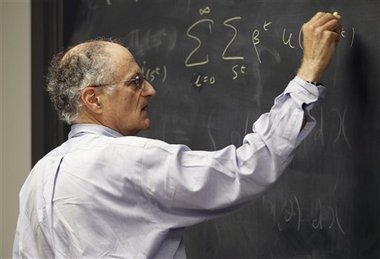
Lab: Sargent Institute of Quantitative Economics and Finance (June 2017)
Host: Peking University HSBC Business School in Shenzhen
Nobel: Economics (2011) “for empirical research on cause and effect in the macroeconomy,” including new models to predict decision making and the analyses to bear them out. His current work uses artificial intelligence and big data to predict financial trends and the impact of economic policy.
Fun fact: famously laconic, his 2007 Berkeley commencement speech was just 335 words long
Andre Geim

Lab: Shenzhen Geim Graphene Research Center (December 2017)
Host: Tsinghua-Berkeley Shenzhen Institute and Shenzhen Graduate School of Tsinghua University
Nobel: Physics (2010) “for groundbreaking experiments regarding the two-dimensional material graphene” — crystals of carbon atoms of amazing strength, transparency and conductivity.
Fun fact: won an Ig Nobel after playing with the magnetic properties of water to levitate a frog
James Watson
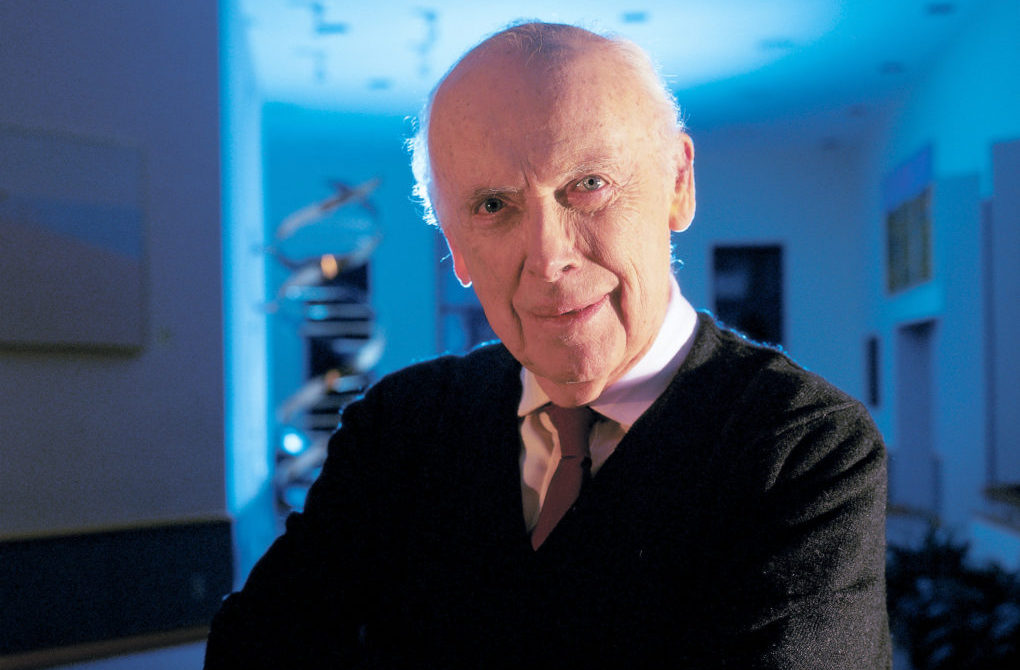
Lab: International Life Science and Technology Center (March 2018)
Host: none announced
Nobel: Physiology (1962) with Francis Crick and Maurice Wilkins “for their discoveries concerning the molecular structure of nucleic acids and its significance for information transfer in living material” — aka the discovery of DNA’s double helix.
Fun fact: auctioned his Nobel in 2014 for US$4.1 million to fund conservation and research efforts; the buyer, Alisher Usmanov, returned the gold medal to Dr. Watson
Keep an eye out for the new neighbors and their world-altering research.
READ MORE: Nobel Prize Winner Mo Yan Talks Roots, Art in Shenzhen
[Photos via elpais.com, Wikimedia, usc.edu, Flickr, media.masslive.com, nature.com]






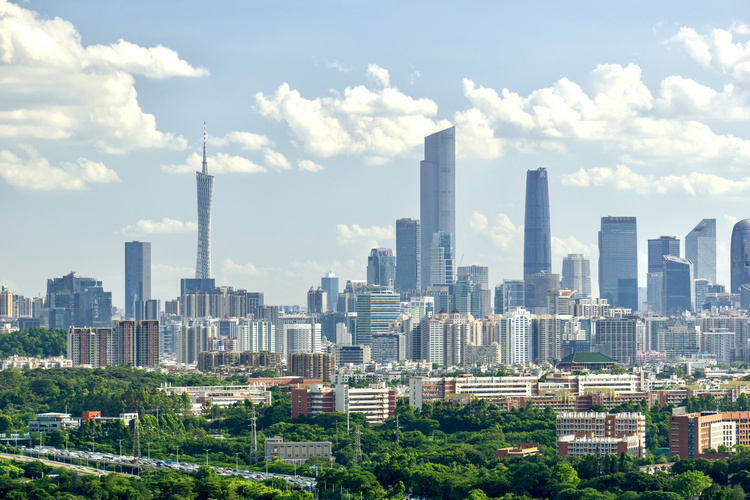















0 User Comments